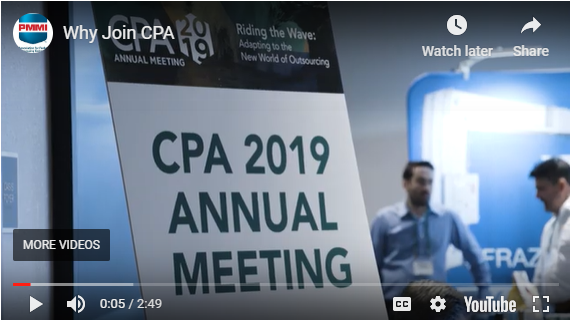Video - Why Butler Automatic Joined The Contract Packaging Association
/With more than 2,000 automatic roll splicing solutions on packaging applications, Butler Automatic is the leader in providing OEE solutions for many co-packers, increasing their overall factory output.
According to the 2019 Flexible Packaging Assessment report conducted by PMMI, one VP of Engineering at a global food company noted that “To get us to invest in new machines, we would need the machines to be more flexible and easier to change over. For instance, not having to turn off the equipment to make a film change and allowing us to change it and splice it in would be a huge time saver. That right there would make us consider buying new equipment.” Butler Automatic roll splicers eliminate roll change downtime, automatically splicing without stopping the process.
Butler Automatic is proud to be included in this Contract Packaging and Manufacturers Association video. An associate CPA member, Butler works with 50+ packaging machine builders and 100s of end users to correctly configure automatic roll splicing solutions for flexible packaging applications.



